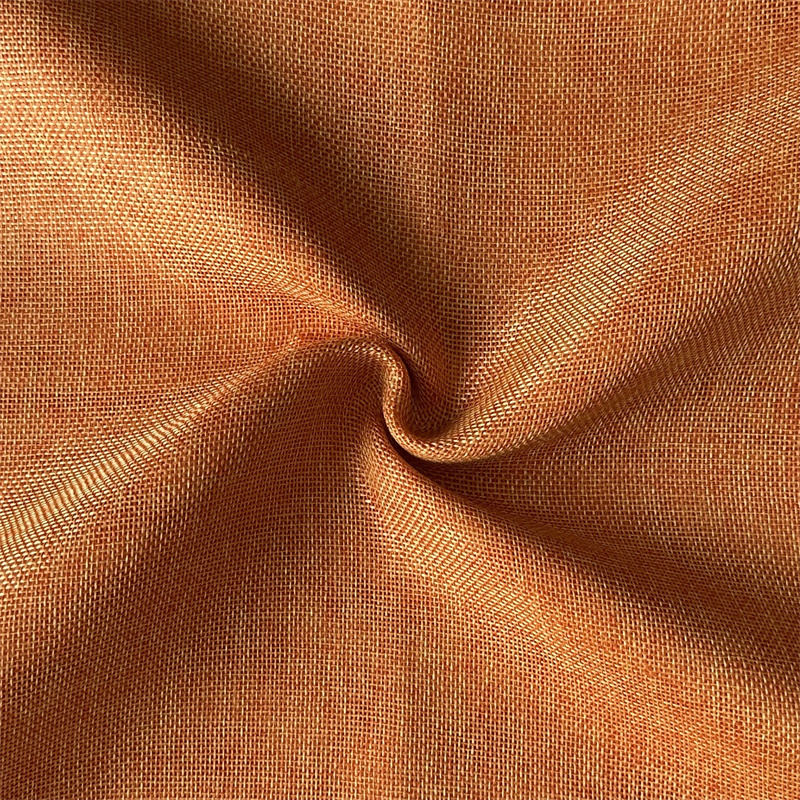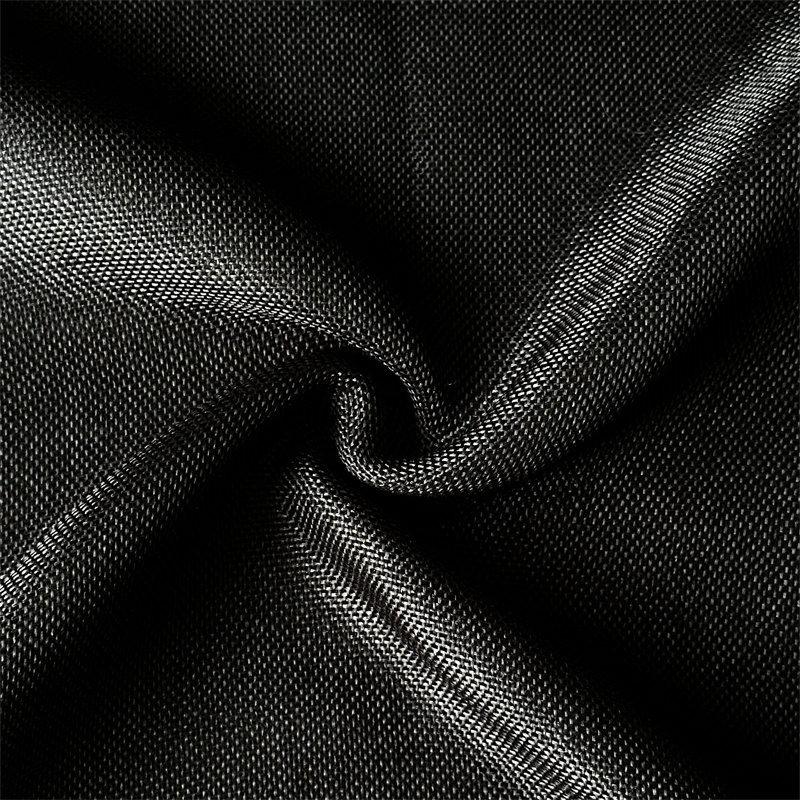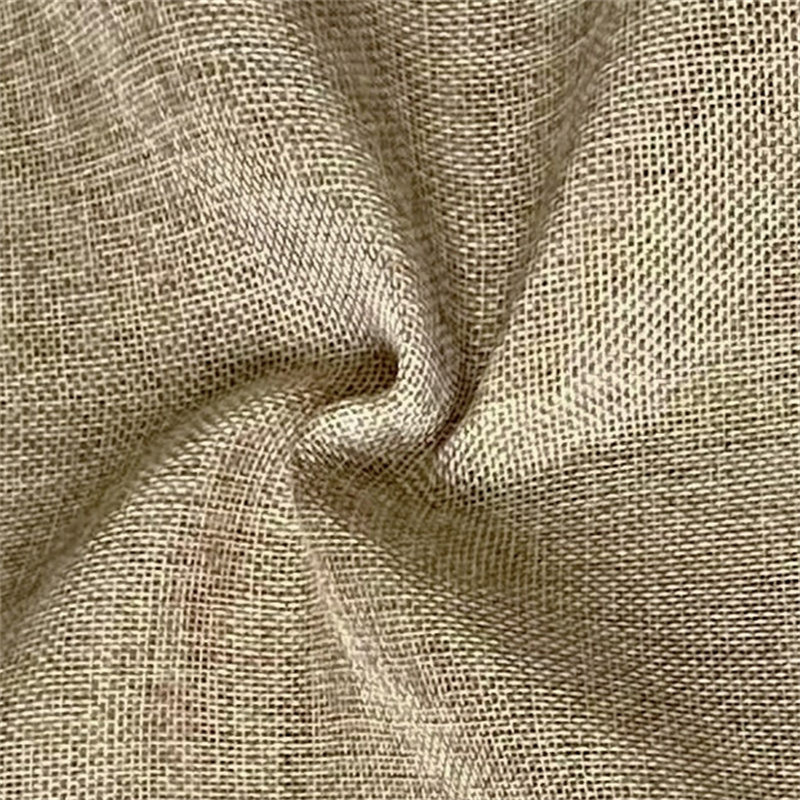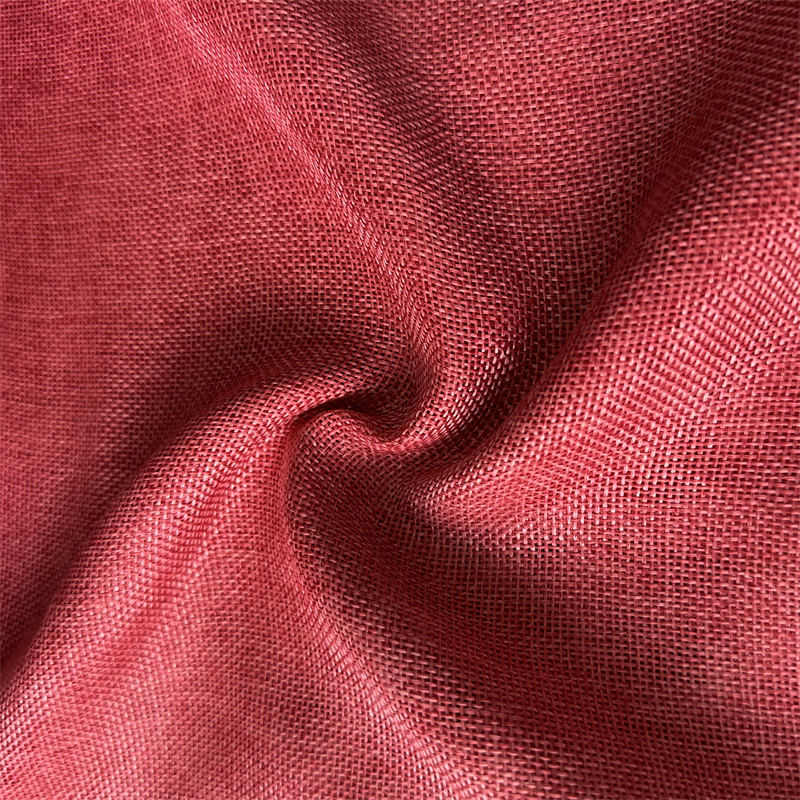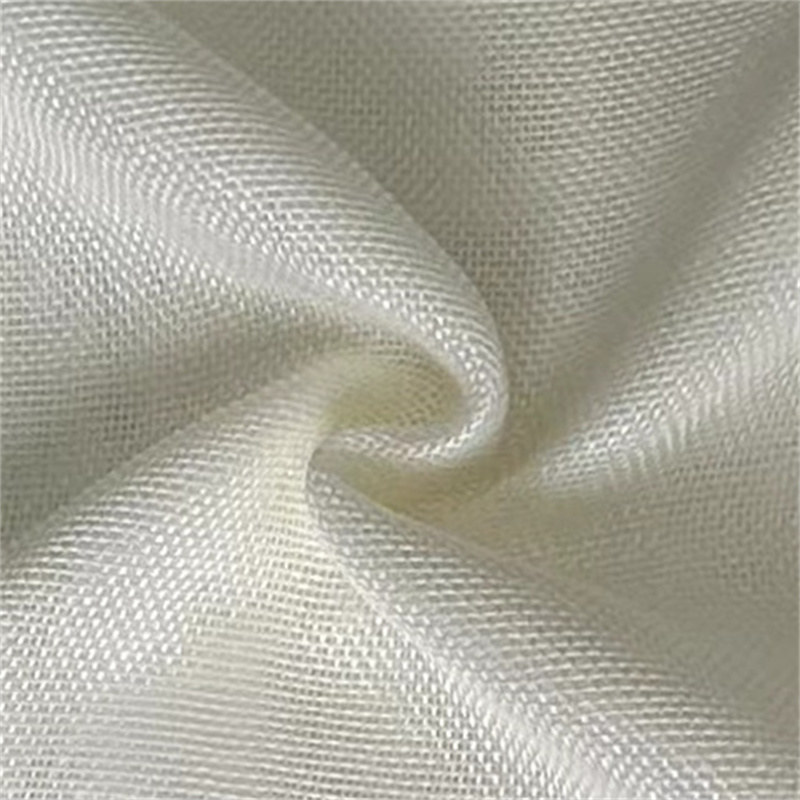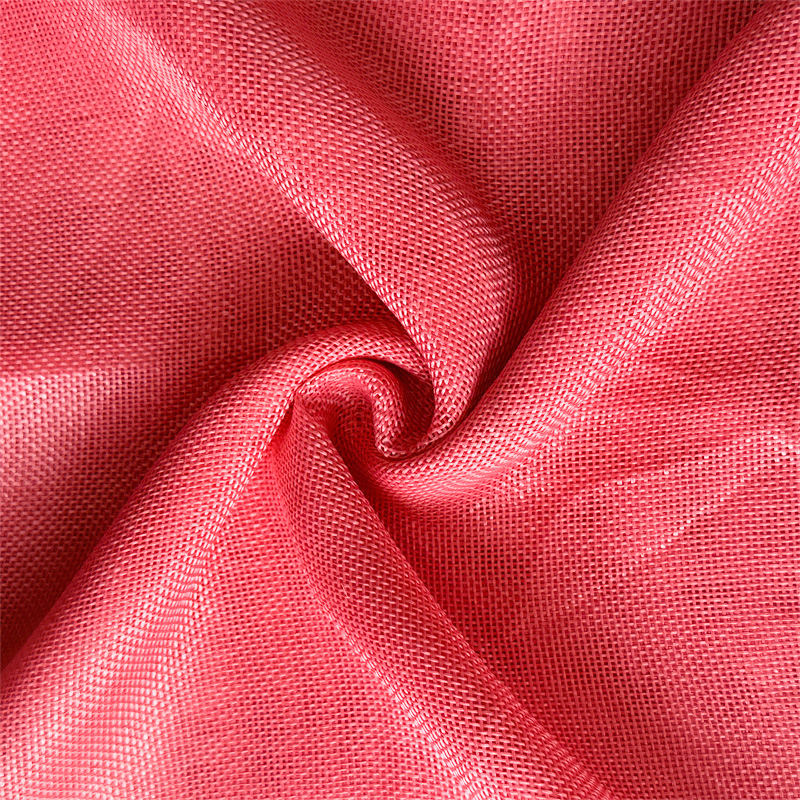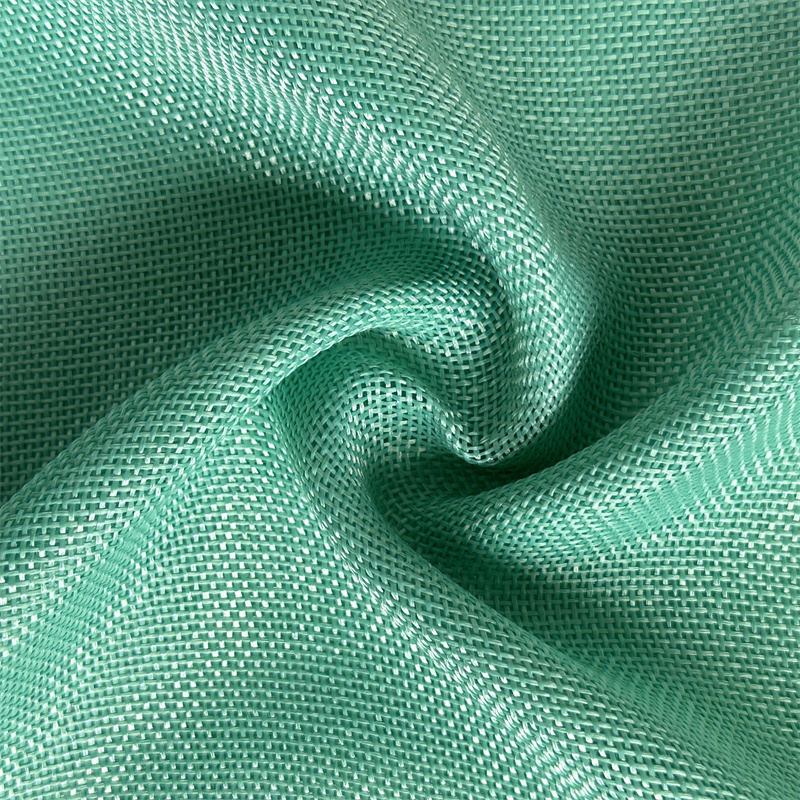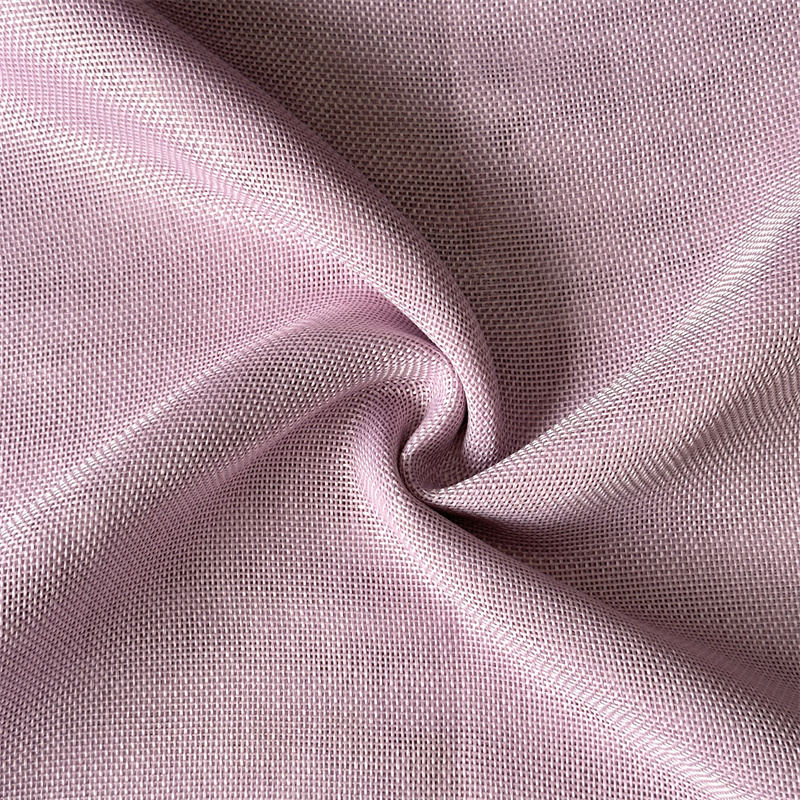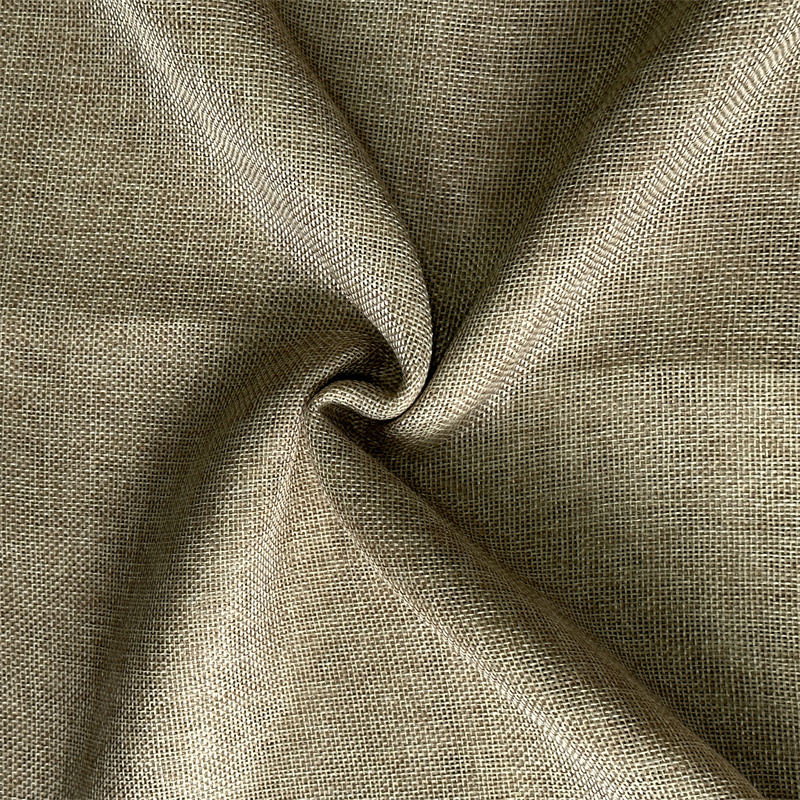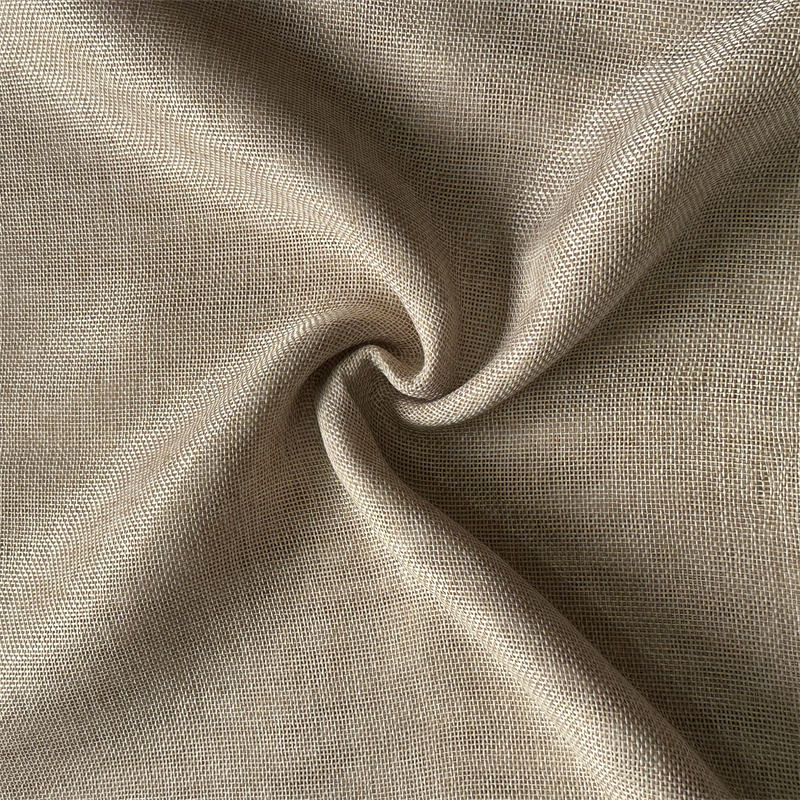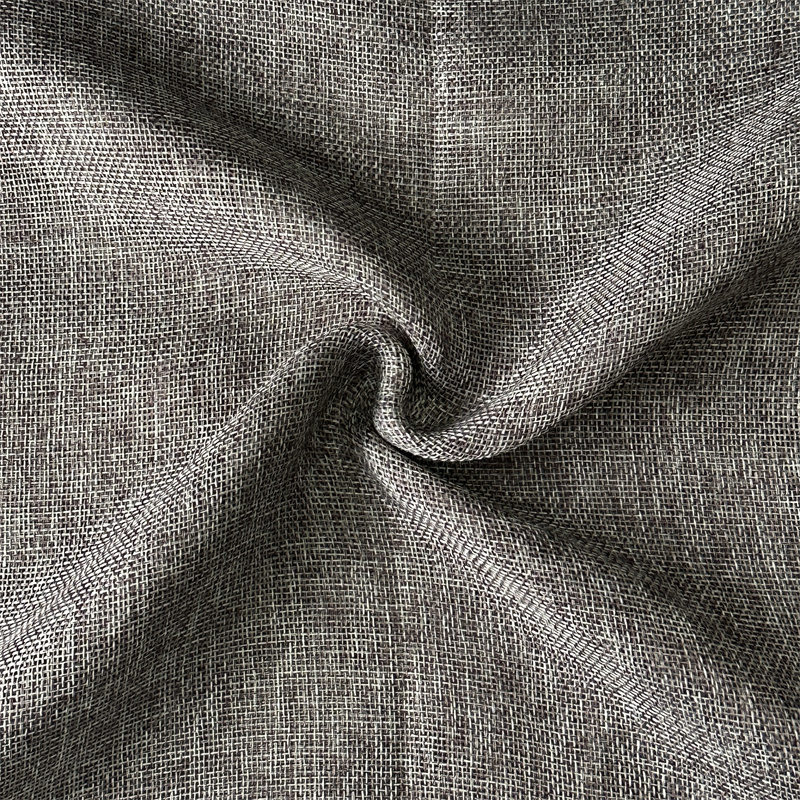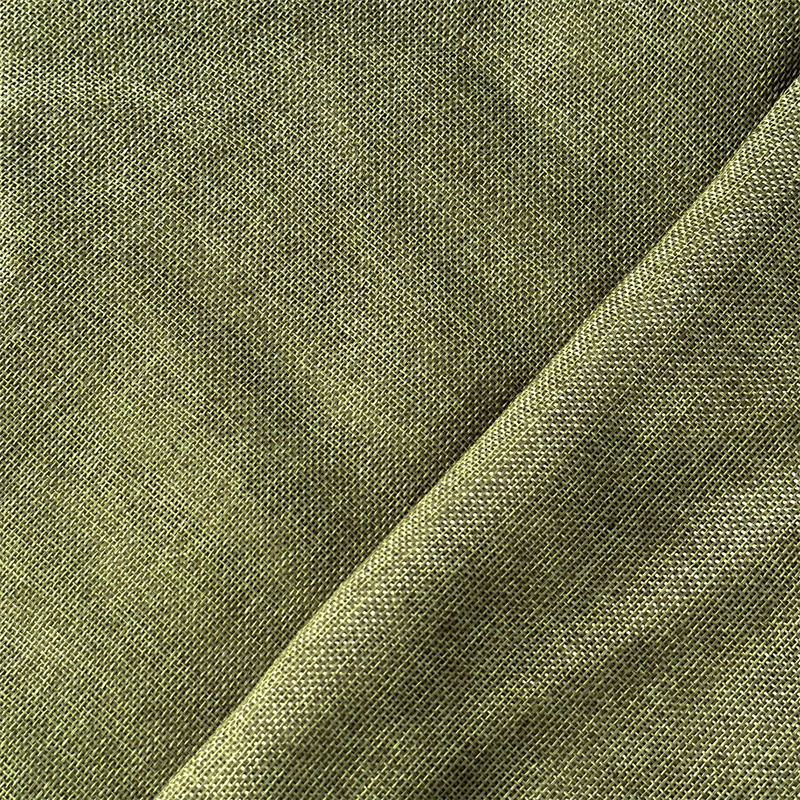In the vast tapestry of textiles, few innovations have left a pattern as intricate and enduring as Jacquard fabric. More than just a specific material like silk or cotton, Jacquard refers to a groundbreaking method of weaving that allows for the creation of complex, elaborate designs directly into the fabric itself. This technique, born from the dawn of the Industrial Revolution, liberated textile design from the constraints of hand-weaving, enabling an unprecedented level of detail and reproducibility. But what exactly defines this fabric, and how has a two-century-old invention continued to influence fashion, decor, and even modern technology?
The story begins not with a fiber, but with a machine. In 1804, French weaver Joseph Marie Jacquard perfected a revolutionary loom attachment that used a series of punched cards to control the weaving process. Each card, meticulously punched with a pattern of holes, corresponded to one row of the design. As the cards cycled through the loom, rods would either pass through the holes or be blocked, mechanically determining which warp (vertical) threads were raised and which were lowered for each pass of the weft (horizontal) thread. This automation meant that highly intricate patterns, once painstakingly created by hand by multiple weavers, could now be produced rapidly, accurately, and by a single operator. The term "Jacquard" thus inherently refers to the mechanized process, not the content of the fabric.
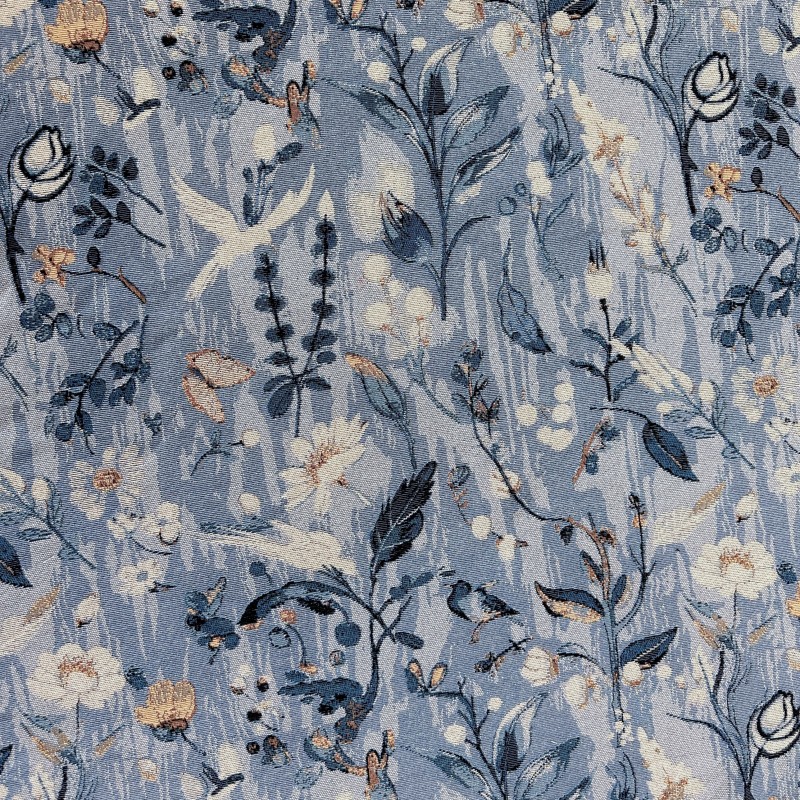
This technological leap fundamentally changed the nature of woven design. Unlike printed fabrics, where a pattern is merely stamped onto the surface of a plain cloth, or embroidered fabrics, where thread is stitched on top of a base weave, the design in a true Jacquard is an integral part of the fabric's structure. The pattern is woven in, not on. This results in a textile with a distinctive tactile quality—a reversible design that is often textured, with a raised, sculptural feel. On one side, the pattern appears in positive relief, and on the reverse, it appears in negative. This structural integrity makes Jacquard fabrics notably durable and rich in appearance, as the design cannot peel or fade away like a print might.
The applications of Jacquard weaving are as diverse as they are luxurious. Some of the world's most renowned fabrics are products of the Jacquard loom. Brocade, with its raised, metallic-thread patterns suggesting royalty and opulence; damask, known for its reversible, play-of-light designs often seen in table linens and drapery; and tapestries, which tell elaborate stories in thread, all fall under the Jacquard umbrella. Today, the term encompasses everything from the intricate patterns on a silk necktie and the elaborate designs of an upholstered sofa to the more subtle textural patterns found in modern apparel. The characteristic label on the back of Levi's jeans, for instance, is a simple, modern example of Jacquard weaving.
The legacy of Jacquard's invention extends far beyond the textile mill. The concept of using punched cards to store and automate complex instructions was a direct precursor to modern computing. Charles Babbage, the 19th-century pioneer often called the "father of the computer," planned to use Jacquard's punched card system to input data and instructions into his Analytical Engine. This fundamental idea—that information could be stored mechanically and read by a machine—laid the groundwork for the entire digital revolution. In a very real sense, the binary code of ones and zeros that powers every modern computer has a direct lineage to the presence or absence of a hole in a Jacquard punch card.
In the 21st century, Jacquard weaving has entered a new era. Digital Jacquard looms have replaced the physical punch cards with computer-controlled systems, allowing for even more complex designs and rapid prototyping. This has democratized the process, enabling smaller designers to create custom woven fabrics with relative ease. Furthermore, companies like Google have partnered with textile manufacturers to develop "Jacquard" technology, embedding touch-sensitive conductive yarns into fabrics to create interactive clothing that can control a smartphone—a futuristic nod to the innovative spirit of its namesake.
From the regal courts of 19th-century Europe to the cutting-edge wearable technology of today, Jacquard fabric represents a perfect fusion of art and science. It is a testament to human ingenuity, where a mechanical breakthrough not only democratized beauty and luxury but also inadvertently provided the foundational language for the digital age. It is more than just a fabric; it is a woven history of innovation, a textural and durable art form that continues to evolve, ensuring its patterns remain forever in style.


 中文简体
中文简体 Español
Español